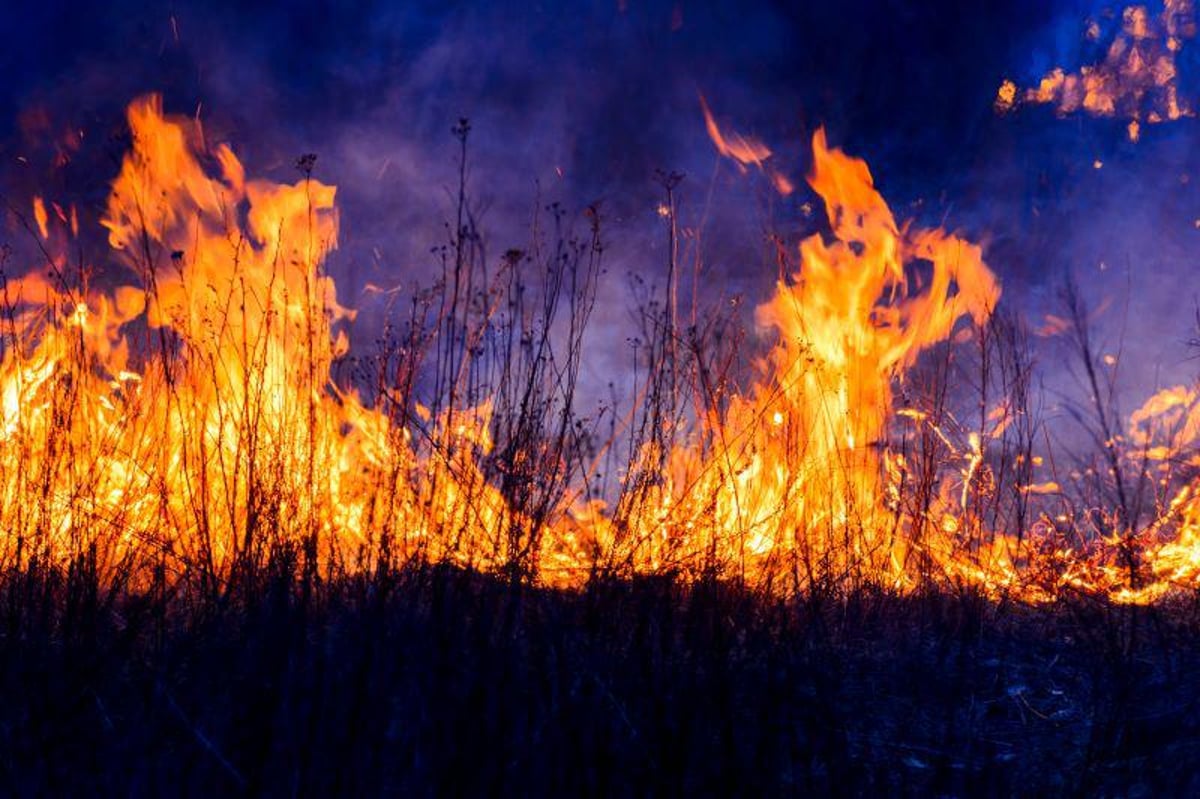Climate Change Bringing More Catastrophic Wildfires: UN Report

THURSDAY, Feb. 24, 2022 (HealthDay News) -- Devastating wildfires around the world will only grow in number in coming decades as climate change further fuels the chances of out-of-control blazes, a landmark report from the United Nations warns.
Produced by more than 50 researchers from six continents, the report estimated that the risk worldwide for uncontrollable wildfires could increase by up to 57 percent by the end of the century, although some regions are likely to see more fire activity, while others may experience less. But all governments should prepare for the worst, the scientists added.
In some regions with long histories of brush fires, such as Eastern Australia and the Western United States and Canada, they have become more intense during the last decade and are incinerating larger areas, the report showed. But uncontrolled blazes are also starting to occur in places where it had not been common, such as Russia, Northern India, and Tibet. Meanwhile, in parts of sub-Saharan Africa, fire activity has declined during the past two decades, partly because drought has killed off more vegetation.
Researchers concluded that the extreme heat wave in the Pacific Northwest last year almost certainly would not have occurred without planetary warming caused by greenhouse gas emissions. And scientists have also found the signs of climate change on brush fires in Australia and extreme heat and burning in Siberia. But hot weather and weak rainfall can also decrease the amount of vegetation that can feed fires. In other places, the decreased humidity can make vegetation more flammable, helping fires spread more easily.
In a moderate scenario, the likelihood of catastrophic fires could increase by up to a third by 2050 and up to 52 percent by 2100, as estimated in the report. If greenhouse gas emissions are not curbed and the planet heats up even more, wildfire risks could rise by up to 57 percent by the end of the century.
The report urges governments to become more proactive about fire hazards. For every dollar spent in the United States on managing wildfires, almost 60 cents goes toward firefighting responses, according to the report. Much less is spent on lowering fire risks ahead of disasters and helping communities recover in ways that could make them more resilient to future blazes.
Related Posts
Breathing Dirty Air Can Cause Teens’ Hearts to Skip a Beat
WEDNESDAY, Sept. 14, 2022 (HealthDay News) -- Air pollution may cause irregular...
Taken Prior to Sex, New Combo Pill May Prevent Pregnancy for Days
TUESDAY, April 26, 2022 (HealthDay News) -- Imagine a birth control pill a woman...
Head Bump? Here’s Signs You Need ER Care
SUNDAY, March 27, 2022 (HealthDay News) -- Knowing the signs of brain injury and...
Dementia Diagnosis Takes Huge Toll on a Family’s Finances
WEDNESDAY, Oct. 18, 2023 (HealthDay News) -- Dementia can take a big bite out of...
